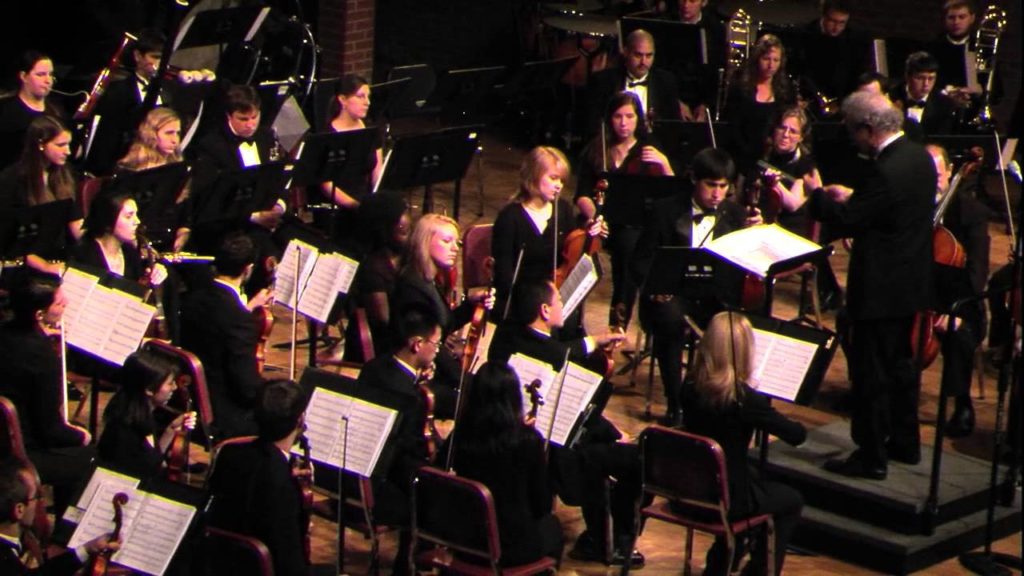
Keynote Lessons from the Symphony
A few minutes before the start of the performance, as the crowd was still settling in, she stood up and moved to the front. Taking her violin, she played a single note. That one single note rose and filled the music hall. Then, all the other musicians began adjusting their particular instruments to the sound of that keynote so that everyone was in tune with one another.
What was that? What did she do?
In the symphony, it’s called the keynote. Any meeting of the symphony always begins the same way.
Music is the origin of the word “keynote.” Since the late 1600s, “keynote” has referred to the first note, which is the basis for tuning an entire group of instruments.
What would happen if there were no keynote? Well, every instrument would still be tuned—each musician is a professional, after all—but the instruments wouldn’t be tuned together. A symphony is not a bunch of musicians that each play an individual solo. That would be called a (disastrous) recital. Rather, a symphony is a collection of individuals who share their gifts by tuning their instruments together to create something beautiful and magnificent.
A Conference is a Symphony
Think of a professional conference in the same way. A conference is NOT a bunch of professionals meeting to each recite their own, different perspectives on the company. Instead, a conference is a collection of professions who are willing to share their gifts for the sake of something bigger than themselves: the audience.
The purpose of a professional conference is to move an organization forward by communicating an integrated and unified purpose and direction. In the same way as a violinist tunes the entire symphony to the keynote, a keynote speaker shares his or her gifts to ensure that every part of the conference is tuned together to create something valuable for the organization and the audience.
How Does the Keynote Speaker do That?
The role of the keynote speaker is just like the role of the first chair violinist. Just as the violinist sounds the keynote at the beginning of the symphony gathering, a keynote speaker’s presentation sets the prevailing tone to be carried throughout the conference.
To give an effective keynote, it is not enough to know your topic inside out.
The keynote presenter must also know the organization’s needs, the purpose of the conference, the audience and the other content that will be presented.
Don’t Waste Your Time and Money
Millions of dollars are spent each year on planning and attending conferences, and companies are not getting their money’s worth! Why? Because even when people take time away from work, truly listen to the speakers, and get fired up about the topics, they go back to work and put their conference notes in a drawer never to be seen again—let alone implemented in their daily work routines. Paying for a conference is huge waste of money if the employees don’t put the conference takeaways into action.
If you want your conference to be as magnificent and memorable as a symphony performance, and have a real impact on the company, be sure you pick a keynote speaker that will take the time to focus on these four points:
1) Get to know your organizational needs;
2) Understand precisely the purpose of the conference;
3) Know the audience; and
4) Develop a general understanding of the other presenters’ content.
The Magic Continues
Just like the symphony keynote, a keynote speaker is that one single voice that rises and fills the conference hall to ensure everyone is in tune with one another. The keynote speaker sets the stage for something magical to happen—not on stage, but in the hearts of the audience.
